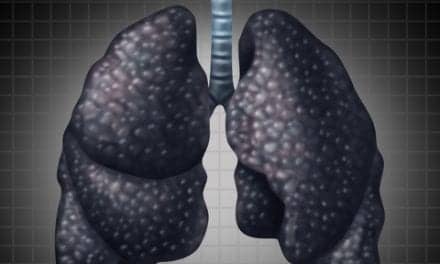Seeking options for pediatric patients with end-stage respiratory failure and pulmonary hypertension, researchers investigated the use of pumpless assist devices.
“This case series demonstrates the feasibility of a new treatment option” for neonates or small children with severe respiratory failure, said David M. Hoganson, MD, a fellow in the Division of Cardiothoracic Surgery at Washington University School of Medicine. “Use of a paracorporeal lung assist device successfully supported four patients to recovery, lung transplantation, or past the average wait time for pediatric donor lungs (27 days).”
Hoganson presented experiences from four young patients ranging in age from 23 days to 23 months. All children had pulmonary hypertension. Two presented with primary lung disease, including alveolar capillary dysplasia; one with horseshoe lung with right pulmonary hypoplasia, pulmonary interstitial glycogenosis, and an atrioventricular canal defect; and the fourth with primary pulmonary hypertension. Patients were on ECMO for an average of eight days, and were supported by the oxygenator for five to 74 days (44 days average).
Using the paracorporeal lung assist device, one patient was able to undergo a lung transplant after five days of lung device support and one was weaned to medical management after 42 days of support. Two of the patients died, after 54 and 74 days of support.
According to the team, two patients were able to be extubated for a majority of their time, indicating benefits from paracorporeal support not available through ECMO (extracorporeal membrane oxygenation), which is commonly used as a bridge to transplant.
“My colleagues and I are cautiously optimistic of this technology, based on its use in four unique patients with respiratory failure and elevated pulmonary artery pressures,” said Pirooz Eghtesady, MD, PhD, senior author and chief of pediatric surgery at Washington University School of Medicine. “More research is needed to see whether this technology can be more broadly applied to other young patients.”









